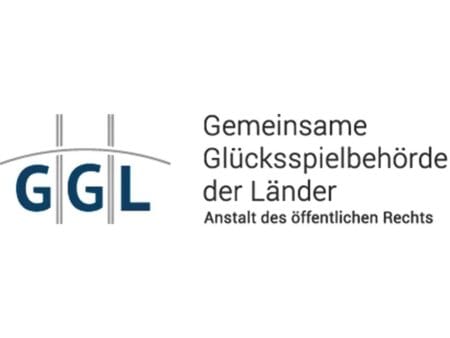Spain’s Gaming Regulator Plans New Measures to Protect Players
Mikel Arana, the Director-General of Spain’s Directorate General for Gambling Regulation (DGOJ), outlined the agency’s goals for the coming year at the Gaming in Spain conference in Madrid. His presentation focused on deposit limits, advertising regulations, and the DGOJ’s response to recent legal challenges.
Regulation as a Driver of Growth
Arana argued that regulation, contrary to popular belief, actually fuels market growth. He cited data showing a 48% increase in Gross Gaming Revenue (GGR) in Spain over the past two years. In 2024 alone, the country added over 350,000 new online gaming players, a 21.63% jump. He also highlighted the loyalty of Spanish players, noting that most use secure payment methods and stick to one or two operators.
Concerns About Young Players
However, Arana expressed concern about a significant 28% increase in players aged 18-25 in 2024. Data revealed that over 73,000 players in this age group lost more than €3,000 annually.
Reinstating Regulations After Supreme Court Ruling
Arana addressed the Supreme Court’s decision to partially overturn the Royal Decree on Commercial Communications. He stated that this ruling has “reopened the door to practices that contribute to these dynamics, especially through affiliates who operate with revenue models based on player losses, such as influencers and tipsters targeting young people.”
DGOJ’s Response: New Regulations and Monitoring
The DGOJ plans to implement a series of regulatory measures, including amending the Customer Service Law currently under parliamentary review. The goal is to reinstate the overturned regulations, limit payment methods, and control providers to combat illegal gambling. A Royal Decree on deposit limits is expected to take effect this autumn and become mandatory within a year.
Furthermore, the DGOJ is developing a Risk Behavior Detection System, which will be mandatory for all operators by 2026. This system will categorize users into three groups: intensive players, young players, and those exhibiting risky behavior.
A Predictive Model for Risk Detection
The DGOJ is taking a two-pronged approach to identifying at-risk players. It is requiring operators to develop their own detection systems while simultaneously developing a common model. Arana noted that “operators only apply responsibility measures when economic losses are minimal or when forced by law.”
Key indicators of risky behavior include:
- Auto-exclusion followed by increased activity
- Progressive increase in active gaming days
- Erratic gaming schedules (e.g., intense late-night play)
- Compulsive deposit repetition after losing money
“These patterns, while infrequent in most players, are common among those diagnosed, and therefore allow us to establish objective alerts,” Arana explained.
Protecting Players, Not Just Blocking Them
Arana emphasized that the system’s goal is not to automatically block players but to protect them. “Detecting a player at risk implies applying protection measures: they cannot be VIPs, they cannot receive promotions, and they must identify themselves with their real name and a single account number.”
Implementation Timeline
The DGOJ expects validation from national and international experts in the first quarter of 2026, with the algorithm becoming operational according to the Royal Decree at that time. Operators can continue using their own systems but must also implement the official DGOJ algorithm, which is designed for easy integration.
“We are not here to improve failed mechanisms of the Operators, but to develop one that is truly effective,” Arana concluded.
Stay ahead of the game in the licensed betting world – get the latest insights at LicensedBettingSites.com.















